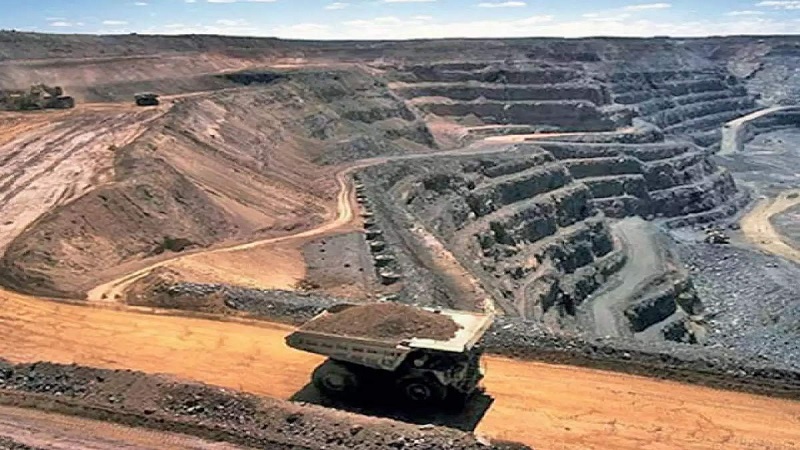 Image Courtesy:economictimes.indiatimes.com
Image Courtesy:economictimes.indiatimes.com
For the tribals in the Chandragiri-Pottangi subrange in Odisha, Maliparvat (mountain) is an integral part of their lives and their livelihood. The ecological, religious and economic pull of this land is such that, despite years of corporate pressure, local communities continue to defend the land against mining auctions proposed by the state government.
On July 7, 2021, the Mines, Steel and Mines department Director tendered for the grant of mining lease for iron ore, bauxite, manganese and dolomite. Corporates like the Aditya Birla Group’s Hindalco Industries Limited (HINDALCO), TATA and Vedanta were reported as the main bidders for these mines. However, local activists pointed out that among the 11 mines auctioned by the state, seven are virgin blocks and the rest are expired lease blocks.
Particularly, regarding the bauxite mining lease in the area, Lok Shakti Abhiyan (LSA) President Prafulla Samantara said that the permission was given to HINDALCO as far back as 2007. Samantara said the government allowed it to apply for fresh environmental clearance, which will be considered on September 22, 2021.
“The illegal construction still continued in the cleared area. The repression on people has not decreased because the plant remains and the Odisha government is going to hand it back to corporates,” Samantara told SabrangIndia.
For the Dongria tribe, this re-auctioning of leases poses a threat to their livelihood. HINDALCO’s earlier Environment Impact Assessment (EIA) report said that there were no significant streams and forests in the area. However, in a letter addressed to Chief Minister Naveen Pattnaik, Samantara argued that the small mountain contained 36 perennial streams that sustain River Kolab – a major river in the state. Further, the streams allowed locals to carry out agricultural activities, including vegetable farming in over a hundred villages.
Moreover, the area is home to thousands of trees, including Sal, and medicinal plants. It is also an important elephant corridor for the region. However, following the mining turmoil, the animals have begun straying from their traditional habitats.
“Unlawful mining transportation is just one of the many problems faced by locals due to the corporate projects. Elephants now live inside villages. The community lost 240 sq.km. land to mining and 140-160 years old trees. Meanwhile, corporates made a super-profit of Rs. 2 lakh. But the money was never used to create a steel plant that would have helped the people,” said Kirankumar Sahu, another activist working with the locals against the mining auction.
Similarly, local activist Damodar Jani spoke about how the affected villages were yet to receive road connection let alone other forms of development like drinking water. “These projects only benefit the leasing companies and the government. Till date, no individual has received a job, adequate educational or health facilities. Even people living around areas where production was carried out 38 years ago, received no relief,” he said.
On Wednesday, he said that as many as 20,000 people will gather for the public hearing regarding the clearance of the lease. Activists said the demands of the people are simple: improved livelihood and freedom from police repression and non-bailable arrests.
HINDALCO’s environmental clearance
In 2020, the Expert Appraisal Committee (EAC) of the Environment Ministry objected to renewing the green clearance to HINDALCO as violator of law and said the company deserved punishment.
Locals allege that authorities allowed illegal mining even before 2012-2014 when the company received the clearance. They claimed that such activities came to a halt due to their democratic resistance.
“We ask should everything be destroyed for mining? This small mine of 14 million tons is not necessary for immediate use for industries in the state. The government will get little revenue as royalty because it is allotted not by auction. But the permit’s ecological and sustainable economic value of livelihood for tribals are immense,” said Samantara.
On top of providing fodder and grazing area for domestic animals, Mali Parvat is a sustainable resource for climate justice, said locals. They argued that sustainable development should not be sacrificed for the profit of private entities who aim to monopolise Odisha’s mines.
Related:
SCHOOL survey indicates widening educational gap between SC/ST and other children
Arrest security personnel for shooting Adivasi youth: Latehar villagers
Those who do not remember the past, are bound to repeat it: Justice AP Shah
Climate change policies will never work until Adivasis are included: AIUFWP Roma Malik